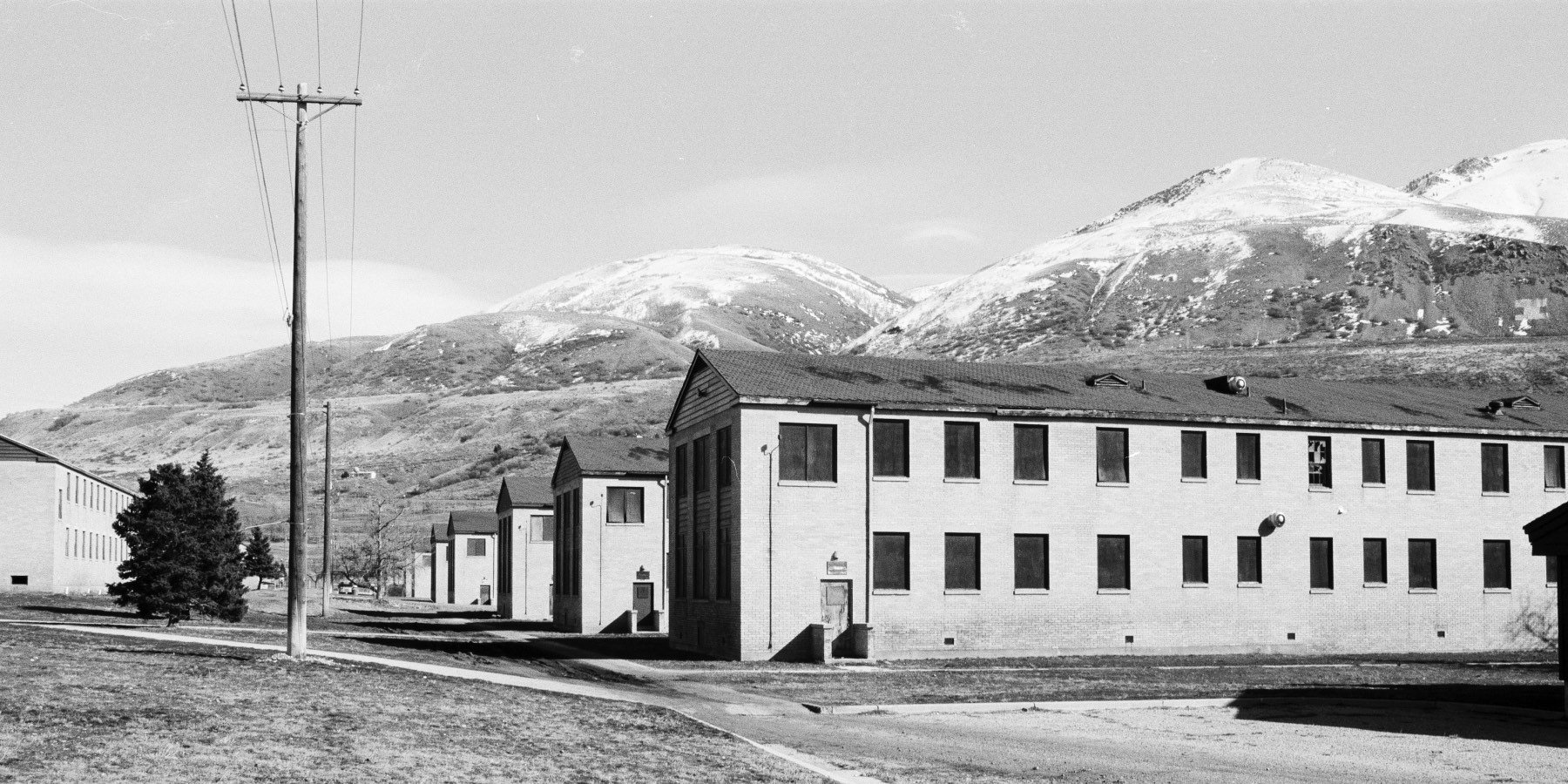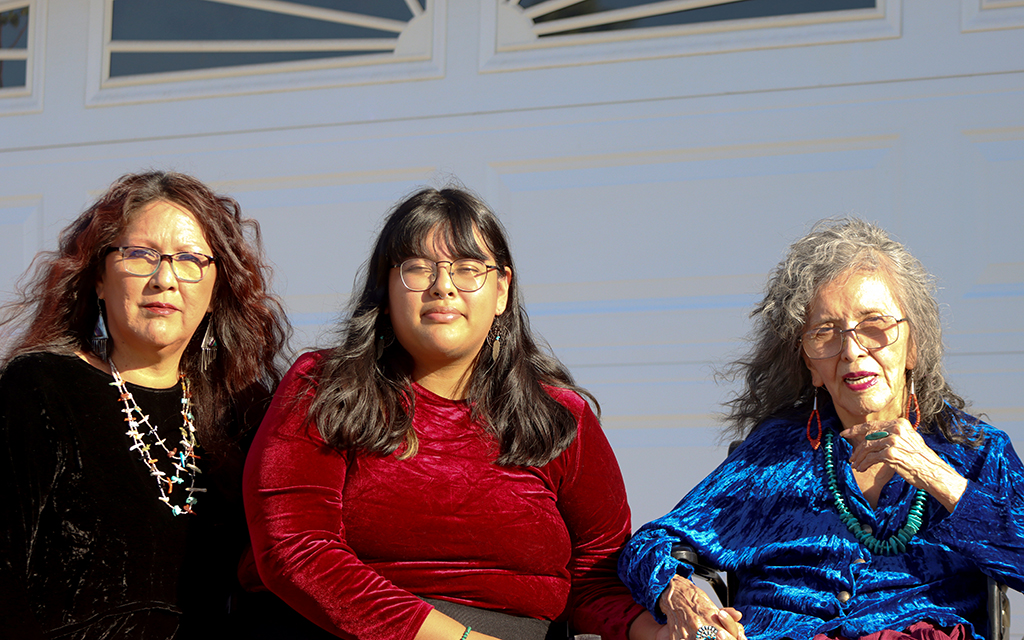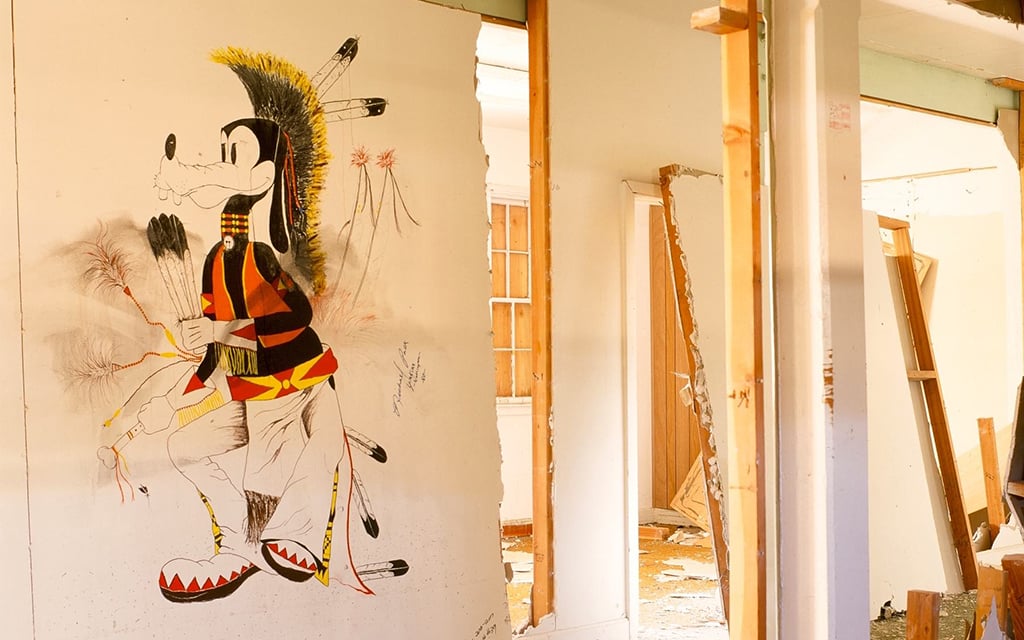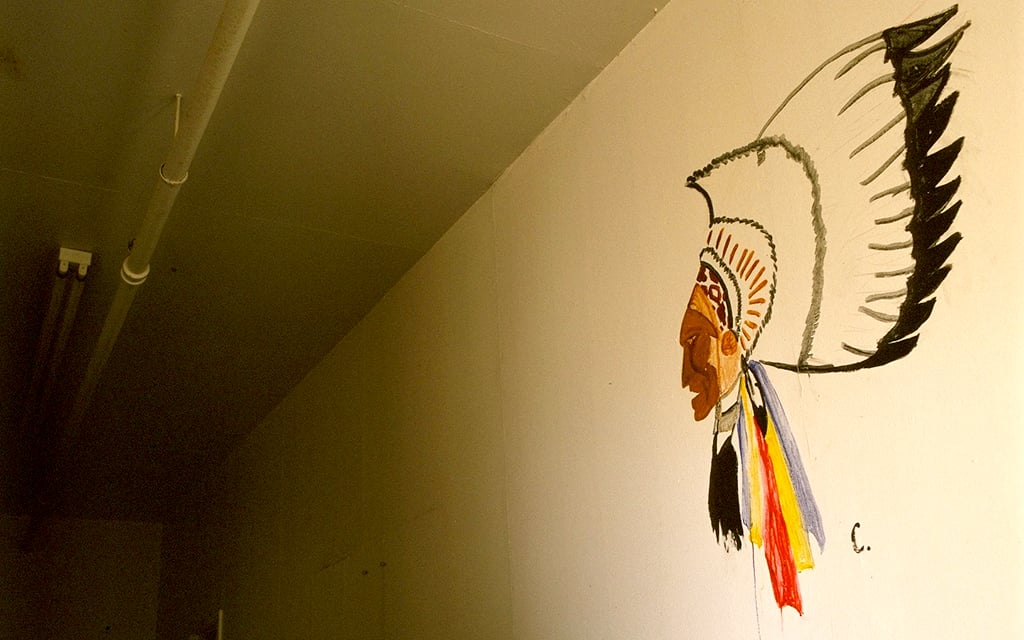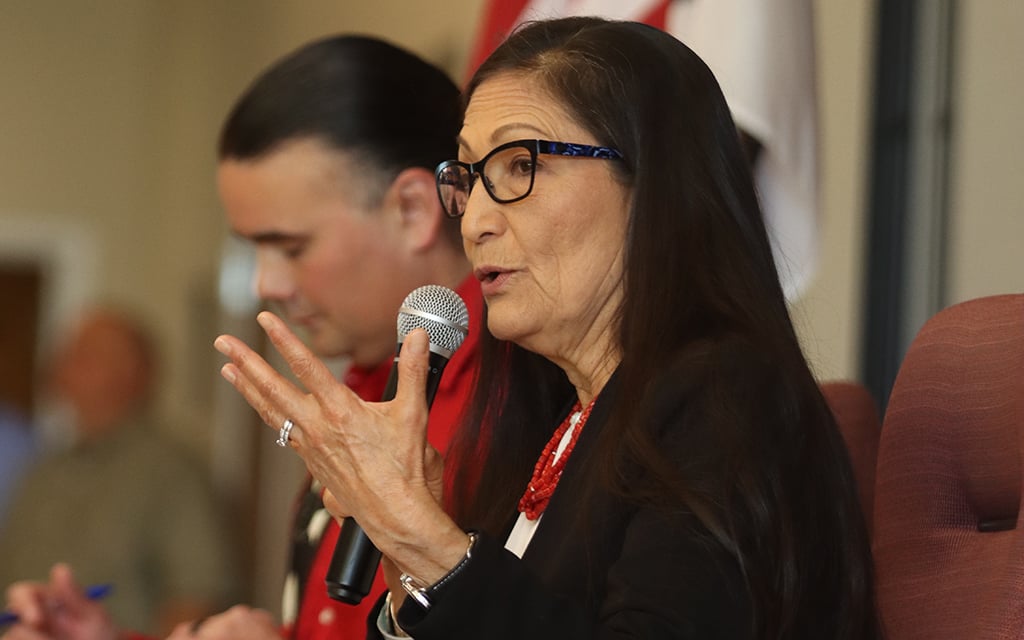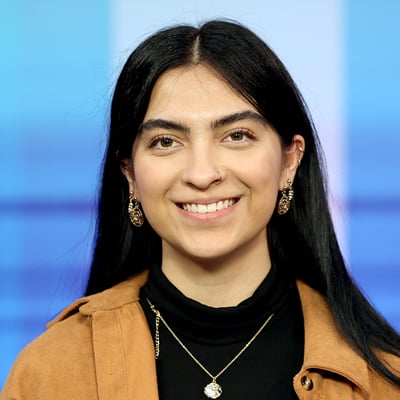The silence surrounding Native American history has been a recurring theme.
“In addition to present-day educational disparities, Native American history is neglected in most K-12 classrooms. In fact, many students are actually surprised to learn that Native peoples still exist,” history professor Joshua Ward Jeffery wrote in a 2021 article in Education Week.
“Many non-Native students assume Native people must have died off since they largely disappear from textbook narratives after the 1890s. (They also make up about 1 percent of the national student population, so it’s possible that many non-Native students might not have been exposed to their Native peers),” wrote Jeffery, an assistant professor of history and Diné studies at Navajo Technical University.
Even as the history is ignored, trauma seeps into generations of families, experts said.
Dr. George “Bud” Vana, a psychiatrist, said it has a name: Indigenous historical trauma. It reflects experiences Indigenous people have felt due to colonization and the lasting scars that have left more problems for them to handle, even generations later.
“And we know that the process of colonization meant forced moves in forms of slavery, forms of physical, emotional, and sexual abuse that were perpetrated by colonizers,” Vana said.
Maria Yellow Horse Brave Heart led the research on Indigenous historical trauma, other researchers note.
“That includes worse physical health, worse mental health, increased rates of substance use problems. Indigenous historical trauma really increases all these downstream effects,” Vana said.
Decades after Indian boarding schools have largely been closed, “the legacy of Indian boarding schools remains,” Interior Secretary Deb Haaland wrote in the investigative report, “manifesting itself in Indigenous communities through intergenerational trauma, cycles of violence and abuse, disappearance, premature deaths, and other undocumented bodily and mental impacts.”
The May 2022 Interior Department report on boarding schools estimates the breathtaking reach: Between 1819 and 1969, the U.S. operated or supported 408 Indian boarding schools across 37 states or territories that targeted American Indian, Alaska Native and Native Hawaiian children.
“Many who survived the ordeal returned home changed in unimaginable ways, and their experiences still resonate across the generations,” Haaland wrote.
Chapter 4. Navigating the complexities of boarding schools
Boarding school was a life full of complexities – students who were stripped of culture and identity while gaining a good education.
Yellowhair became a dental assistant after graduating from Intermountain Indian School in 1960. She ended up working for Dr. Bill Thomas, the only dental officer for the U.S. Public Health Service Indian Hospital at the time, for more than a year in Winslow.
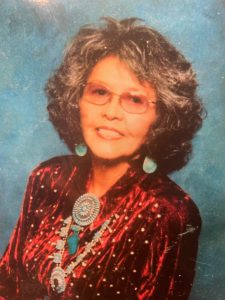
Anita Yellowhair smiles for a picture in her cultural attire, including red velvet, with jewelry she’s crafted on her own. Turquoise is a stone significant to Native Americans. (Photo courtesy of Sierra Alvarez)
She and Thomas became good friends. Yellowhair would teach Thomas about her culture.
“She was such a joy to be with. We just immediately clicked and she very quickly became a part of our family,” Thomas said. “She worked so well with people. She was so friendly and honest. Very clean and neat.”
Thomas and his wife, Janet, treated Yellowhair like their own daughter, spending time together even after she no longer worked as his dental assistant.
Yellowhair would never tell him much about her boarding school trauma, but he has mixed feelings about the schools.
“She had a pretty tough life,” Thomas said.
Intermountain, like other boarding schools, was full of contradictions and changes over the decades. An online timeline at one Utah museum, shows how students painted murals, celebrating Native identities, on walls of the school before it was closed in 1984.
Artist Sheila Nadimi has spent 25 years on her Eagle Village project, where she has visually tracked the site of Intermountain Indian School from 1996 to 2021.
Nadimi has photographed the remnants of the school, from the infrastructure to the murals left behind.
“The Intermountain Indian School that closed in 1984 was a very different school than the one that opened in 1950, and this has a lot to do with the students’ activism and agency to affect change,” Nadimi said.
The boarding school mission changed for Intermountain Indian School in its latter years from erasure of identity to embracing Native culture during its transitional period — when it moved from a school for Navajo students to going intertribal. By 1975, the renamed school was the largest boarding school in the world, drawing as many as 3,000 students from more than 100 tribes, according to the Smithsonian Institution.
Farina King, an author of “Returning Home: Diné Creative Works from the Intermountain Indian School,” touches on that shift. She notes that there are still dark moments within any period of this sort of education. She interviewed many Intermountain alumni about their experiences — good and bad.
She tells of one former Intermountain student who felt “like she could learn about herself and learn about the culture and Native American culture,” King said. “That’s something that I heard more in the later years at Intermountain – that people felt like this was a safe space for them to learn about their own Native goal.”
“Something sensitive about all this is that not one story is the final story about Intermountain. It doesn’t gloss over everything else, but it’s a piece of many that are a part of what happened at Intermountain,” King said.
